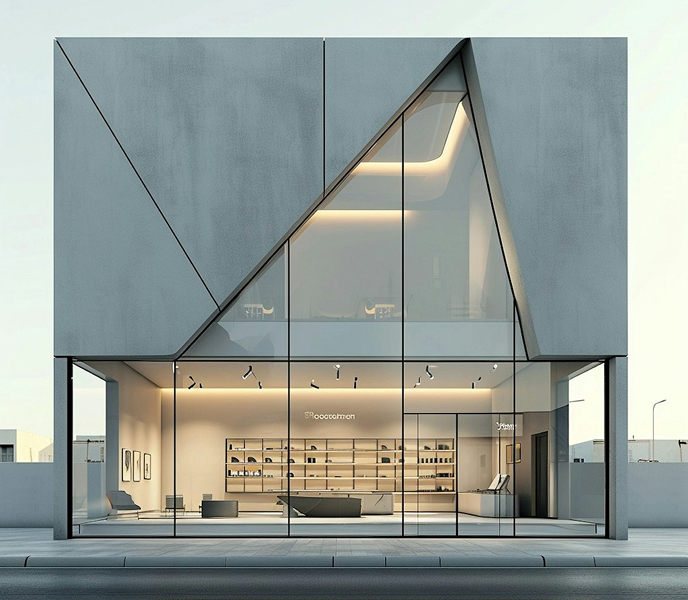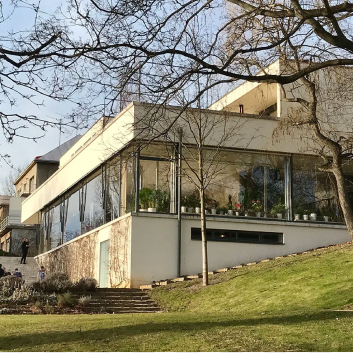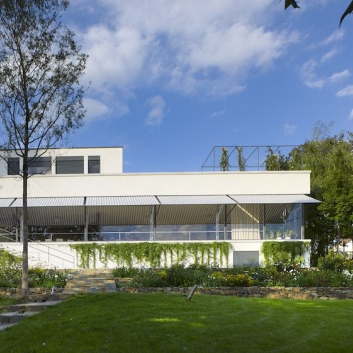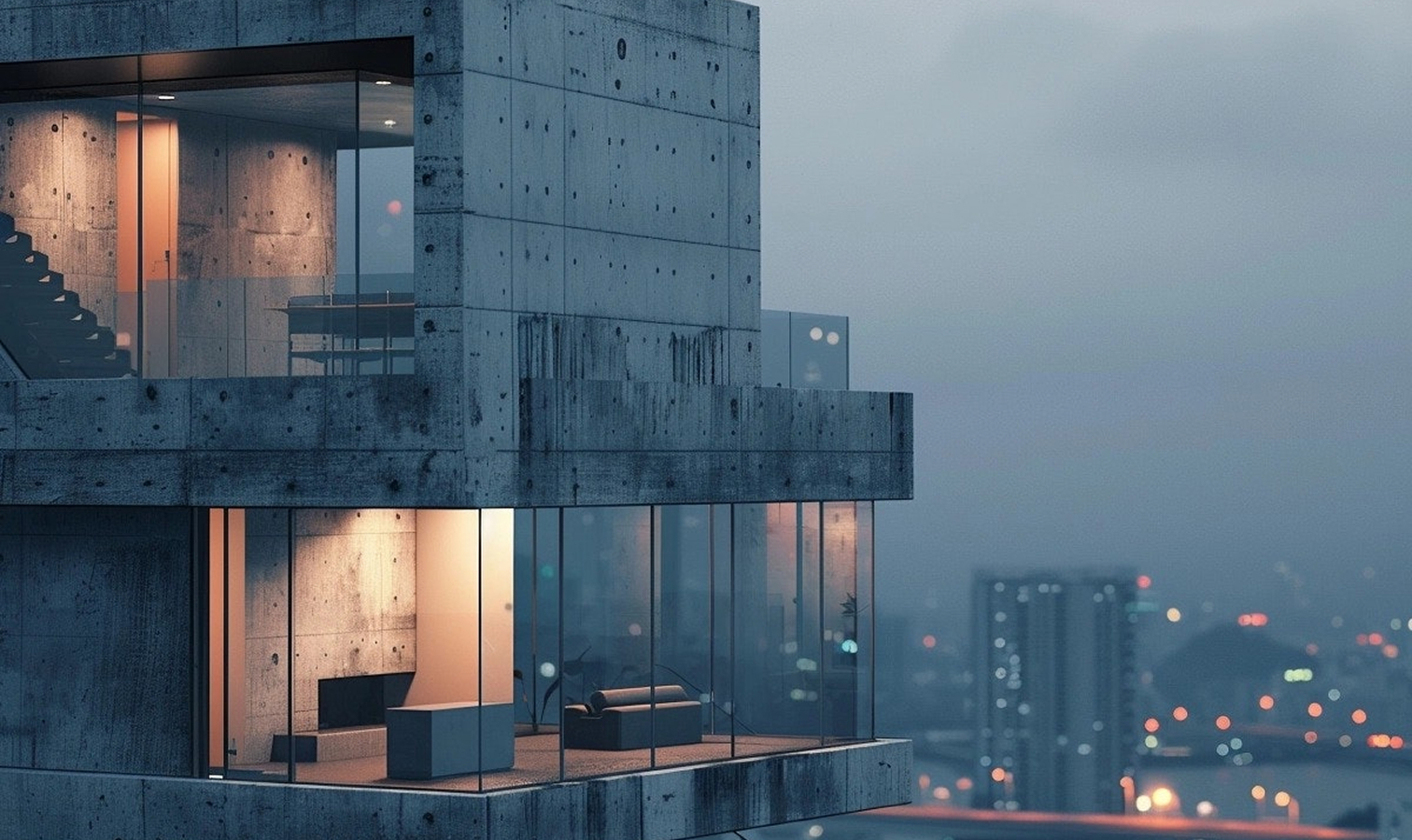His Design Philosophies
Mies’s work is defined by *discipline, purity,* and *purpose*. His guiding principles — “Less is more” and “God is in the details” — express his belief that true beauty lies in clarity, proportion, and the honest use of materials.
He rejected unnecessary ornamentation, choosing instead to reveal the structure itself. Glass, steel, and concrete were not just materials — they were the language of a new age. His buildings are serene yet powerful, structured yet flowing, minimal yet monumental.
To Mies, architecture wasn’t just about buildings — it was about expressing the spirit of the time. His spaces were environments for thought, movement, and quiet dignity.
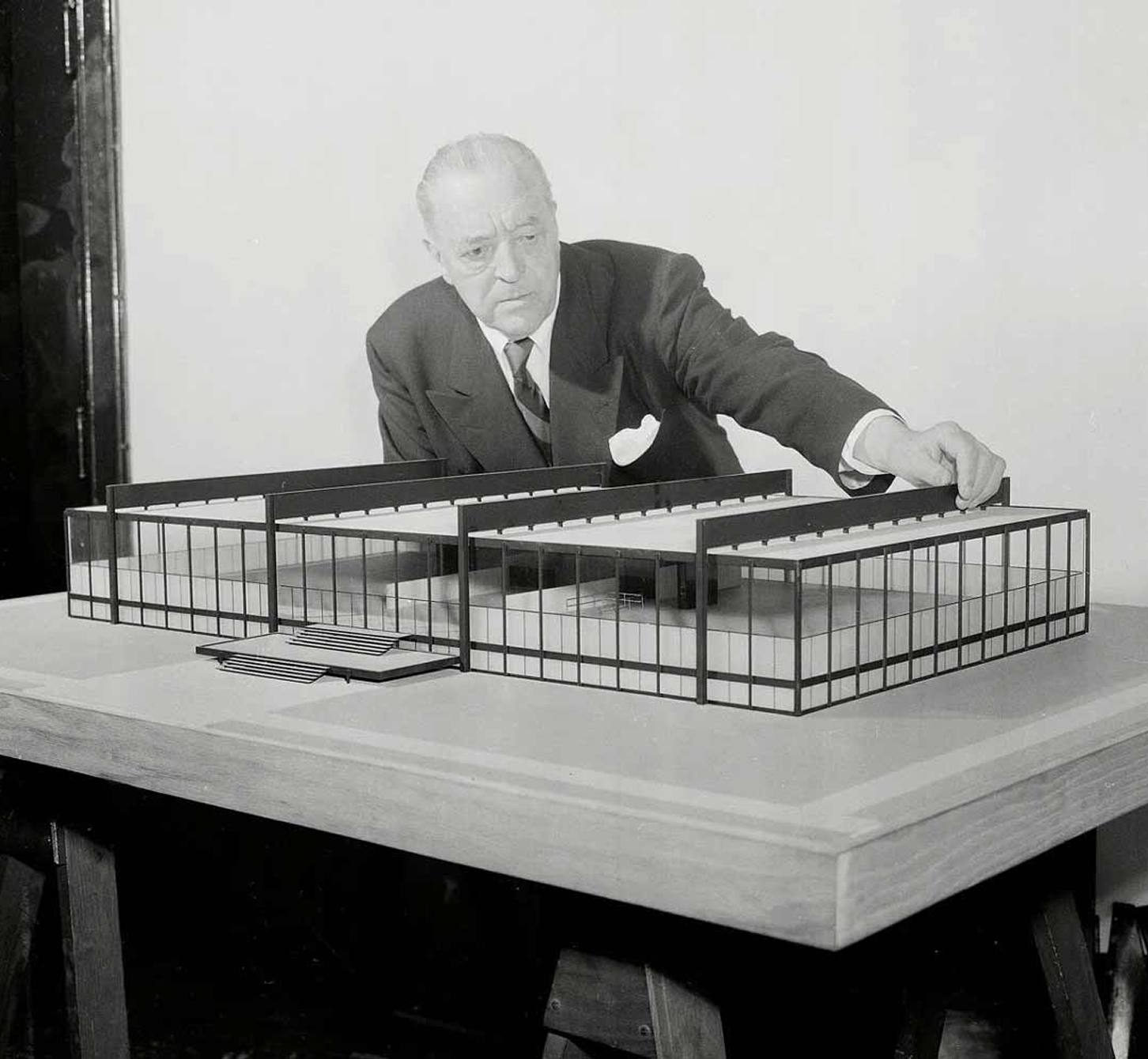
Ludwig Mies van der Rohe:
The minimalist
of the 20th Century
Ludwig Mies’s Impact
Ludwig Mies van der Rohe believed that architecture should express
the spirit of its time through clarity, order, and simplicity. Guided by his famous maxim, *“Less is
more,”* Mies rejected ornamentation in favor of pure forms.
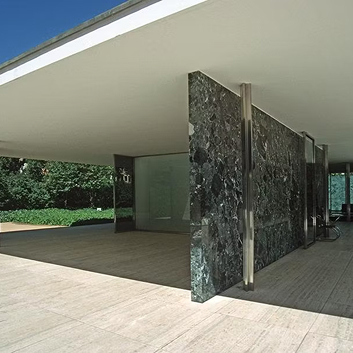
Ludwig Mies van der Rohe (1886–1969) was more than an architect — he was a philosopher of space, a master of restraint, and a key figure in shaping the modern world through design. Born in Aachen, Germany, Mies grew up in a family of stonemasons.
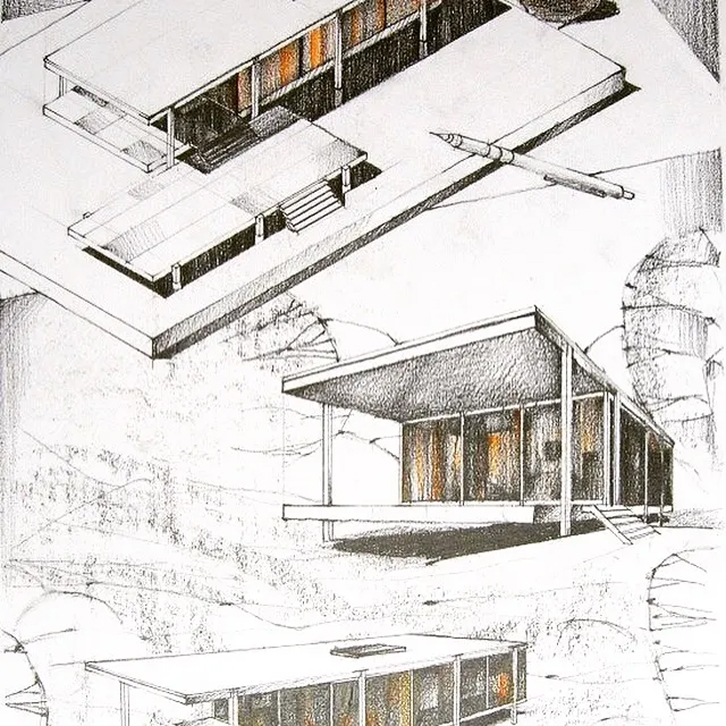
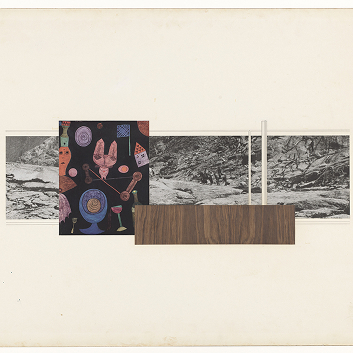
Ludwig Mies van der Rohe (1886–1969) was more than an architect — he was a philosopher of space, a master of restraint, and a key figure in shaping the modern world through design. Born in Aachen, Germany, Mies grew up in a family of stonemasons and began his career designing neoclassical homes. But it was his radical vision for modern architecture — one stripped of ornament, rooted in function, and elevated by elegance — that earned him a place among the 20th century’s greatest architects.
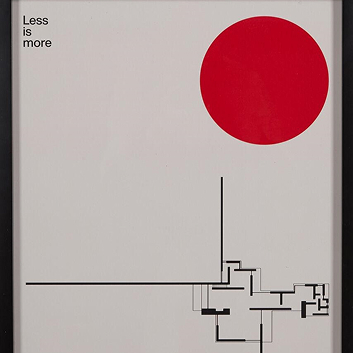

Ludwig Mies van der Rohe (1886–1969) was more than an architect — he was a philosopher of space, a master of restraint, and a key figure in shaping the modern world through design. Born in Aachen, Germany.
Ludwig Mies van der Rohe (1886–1969) was more than an architect — he was a philosopher of space, a master of restraint, and a key figure in shaping the modern world through design. Born in Aachen, Germany, Mies grew up in a family of stonemasons and began his career designing neoclassical homes. But it was his radical vision for modern architecture — one stripped of ornament, rooted in function, and elevated by elegance — that earned him a place among the 20th century’s greatest architects.
“Almost nothing.”
Ludwig Mies van der Rohe
Mies believed that simplicity leads to clarity. By stripping architecture of unnecessary decoration, he revealed the pure essence of form, structure, and space. Minimalism, for him, was not emptiness — it was refinement.
1
He insisted that materials should be used in a way that expressed their true nature. Steel, glass, and concrete weren’t hidden — they were celebrated, meticulously crafted, and left exposed to communicate structure and integrity.
2
Mies developed the idea of open, flexible interior spaces — free from clutter and rigid programming. His buildings are often designed as fluid environments that allow users to shape their own experience within them.
3
Every beam, column, and joint was carefully considered. He treated the structure not just as a necessity, but as a visual and conceptual element. The frame wasn’t hidden — it became the architecture itself.
4
Mies sought perfection through geometry, symmetry, and proportion. His work reflects a deep commitment to architectural discipline — where every line, rhythm, and alignment serves a deliberate purpose.
5
News and Articles
